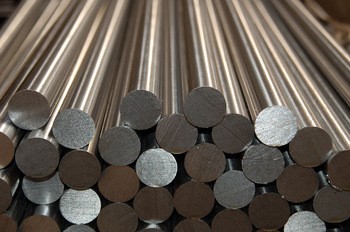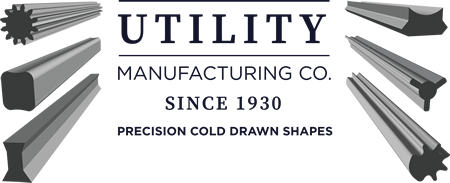A Quick Guide to Cold Drawn Precision Process

Cold drawn steel is exactly what it sounds like – it’s cooled steel that is carefully hammered and drawn into the exact shapes needed. There are numerous advantages to this type of steel, including the fact that it’s much stronger than hot rolled steel (its tensile strength is greater), it looks nicer with its buffed finished, and it can be made into much longer parts. However, how is it made?
If you’ve ever wondered exactly how the cold drawn precision process works, then this is the article for you. Keep reading in order to find out more.
Hot Rolled Steel
Believe it or not, the process starts with hot rolled steel. This is the molten state that the steel is in after it’s created. Steel is an alloy – or mixture – of several different types of metal. It tends to be a mix of both carbon and iron, although in some cases, other metals are melted down and mixed in. It all depends on what the finished product needs to be made into. The reason for this alloy is the fact that a mixture of different metals turns out to be much stronger than a single metal.
For example, steel is stronger than iron. When the iron is mixed with carbon and the other types of metal, then it gains their properties and grows in strength.
Cleaning and Coating
As the molten, hot rolled steel is allowed to cool, two different processes are taking place. If the steel were to be shaped in its “hot” state, then these steps would be skipped over. (Note that cold drawn steel is stronger than hot-rolled steel, for the record.) These two steps are cleaning and coating. The cleaning stage involves removing any iron oxide that has wound up on the metal.
This will make it easier to shape the metal once it’s cooled, and it will make the finished product look better. The next part of this, coating, involves placing a lubricant on it. This is called a “drawing lubricant” because it helps the metal go through the machinery that precisely draws it into whatever the final shape will be. Imagine trying to pull cold, dry metal through a machine. It would make an awful noise and the metal might even end up being damaged in the process.
This lubricant, which doesn’t affect the finished product at all, prevents this unpleasant situation from happening.
Pointing
The next stage is called pointing. The cooling metal is sent through a series of dies, all of which narrow it down in size. These dies are different sizes and are placed in a row that goes from widest to smallest. This controls exactly how that piece of metal is resized.
Without this series of dies, the metal would have to go from larger to smaller very quickly, which could, once again, damage the metal and make the finished product weaker than it should be. It’s much easier to do this a little at a time, even though it is fairly time-consuming.
Drawing
Finally, the metal goes through the drawing stage. At this stage, it reaches its final shape. It goes through a final die, known as the drawing die, which stretches and shapes it, thanks to the drawing machine, which forces it through that die. By this point in the process, the metal is as cold as it needs to be. The drawing die doesn’t need to be round.
Depending on what the final part will look like, it could be shaped like a hexagon, a triangle, or anything else. This allows for some customization of the finished product. If the metal parts need to be particularly small, they might be sent through the drawing process several times. If this is the case, then each of the drawing dies will be smaller than its predecessor.
There are limits to how much the metal can be stretched each time, which is why this is done in this manner. Stretching the metal too much at once would weaken the final product.
In addition to this, there’s an additional process called annealing. This is a heated, or thermal treatment, that warms the metal slightly during the drawing stage. It doesn’t heat the metal to the point of being hot again, but it does make it a bit more malleable. If the metal needs to be made into a very thin, tiny cylinder, then annealing is done.
For example, if you want a metal wire that’s coiled up and made of steel, then the metal will be annealed in order to successfully make the wire. This isn’t always done, and it does constitute an additional step, but it does help in some cases.
As you can see, making cold drawn steel is quite a process!

